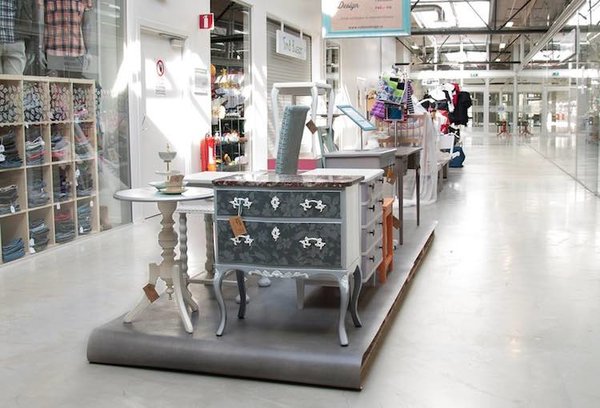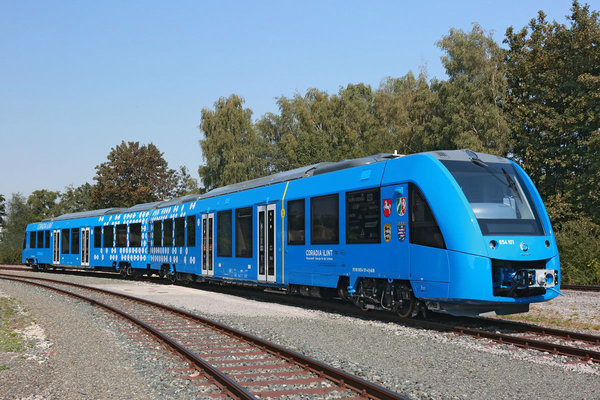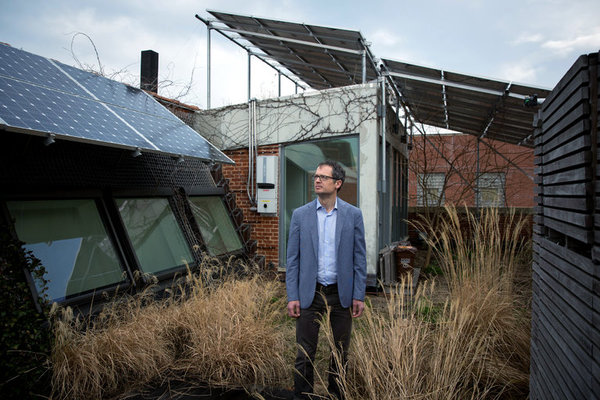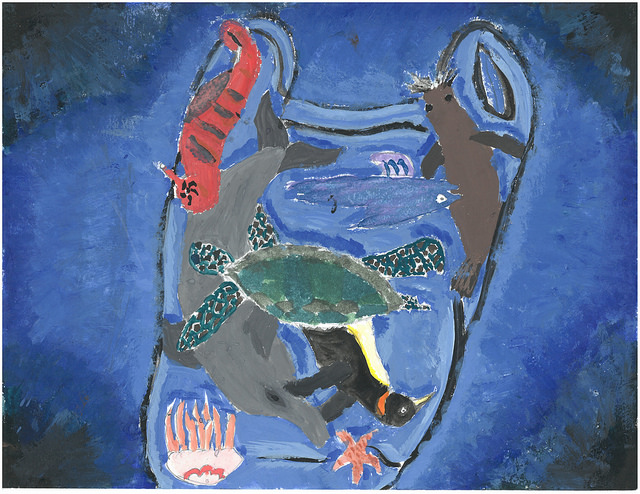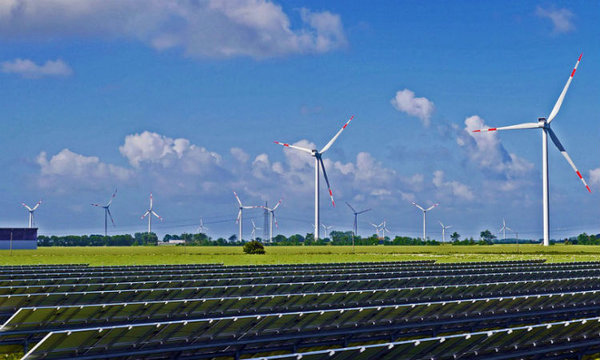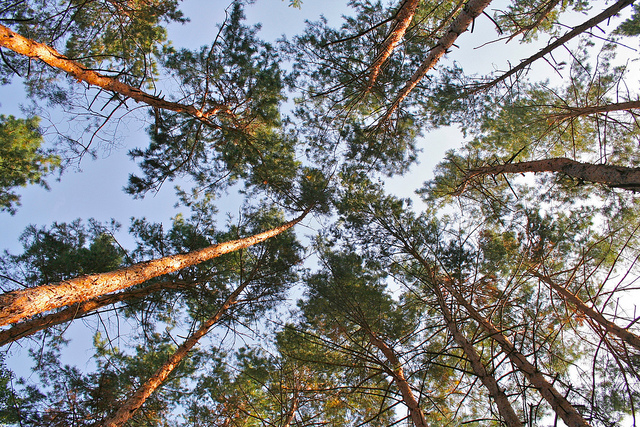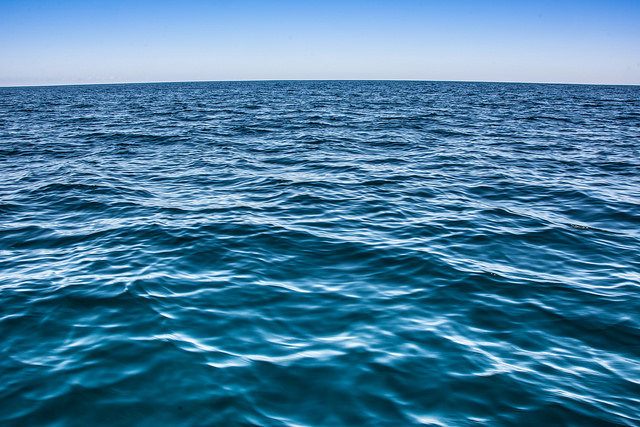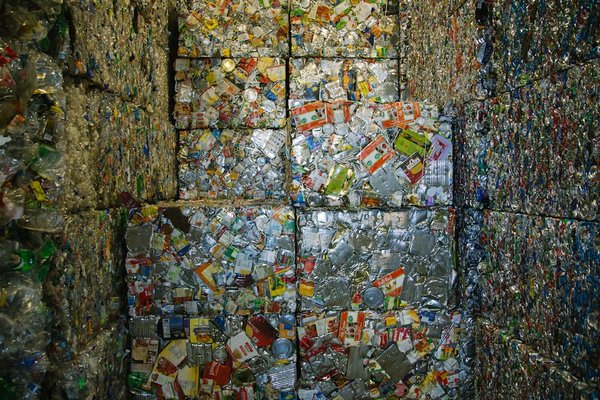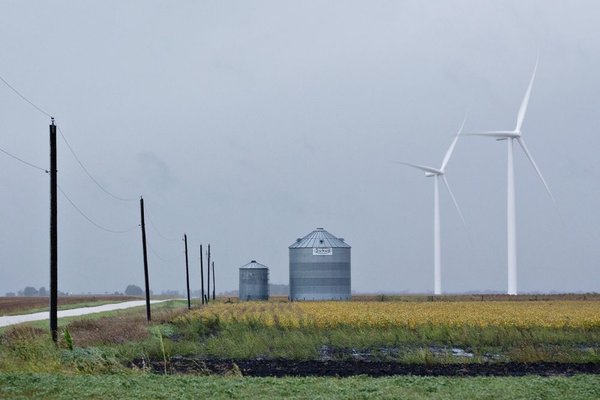Four senators, including former presidential candidate Bernie Sanders, I-Vt., on April 27 introduced a bill that would transition the U.S. to 100% clean energy by 2050. Sanders, alongside Sens. Jeff Merkley, D-Ore., Senator Edward Markey, D-Mass., and Senator Cory Booker, D-N.J., created the legislation amid President Donald Trump’s efforts to unwind former President Barack Obama’s climate protections. The “100 by ’50 Act,” lays out a roadmap for the transition, and is the first bill introduced in Congress that envisions a 100% fossil fuel free U.S., according to a news release from Merkley’s office.
Continue reading... →A new generation of recycling has now gone from local drop-off centers to a shopping mall that sells only repaired or upcycled products. The new recycling establishment, ReTuna Återbruksgalleria, has nothing to do with the fish; instead, it was named after the Swedish town in which the building is located, Eskilstuna, Sweden. The facilities contain both a recycling center and a shopping mall. Customers can donate the items that they no longer need, then shop for something new – all in one stop. Dropped off goods are sorted into various workshops where they are refurbished or repaired accordingly. Products are then sorted into 14 specialty shops that include furniture, computers, audio equipment, clothes, toys, bikes, and gardening and building materials; all garnered from second-hand products.
Continue reading... →The transportation industry has a massive impact on the environment, largely because it’s collectively responsible for burning most of the world’s petroleum and creating carbon dioxide emissions. Last fall, French manufacturer Alstom demonstrated the Coradia iLint, a zero-emissions train that is carbon-neutral, but in a way you probably wouldn’t expect. The train requires a hydrogen tank and a fuel cell, but the hydrogen it uses is a waste product created by the chemical industry. By relying on a substance that’s otherwise useless, the train doesn’t place an additional burden on the environment. The train will permanently take passengers on the German Buxtehude/Bremervörde/Bremerhaven/Cuxhaven route beginning in 2018.
Continue reading... →In a promising experiment in an affluent swath of Brooklyn, New York, dozens of solar-panel arrays spread across rowhouse rooftops are wired into a growing network. Called the Brooklyn Microgrid, the project is signing up residents and businesses to a virtual trading platform that will allow solar-energy producers to sell excess-electricity credits from their systems to buyers in the group, who may live as close as next door. The project is still in its early stages — it has just 50 participants thus far — but its implications could be far reaching. The idea is to create a kind of virtual, peer-to-peer energy trading system built on blockchain, the database technology that underlies cryptocurrencies like Bitcoin.
Continue reading... →Plastic bags are a global problem. Annually, some one trillion of them are used around the world, and fewer than 5 percent are actually recycled. This means a massive buildup of waste, litter, and chemical toxins in the environment. Material engineering professor Nicola Everitt, from The University of Nottingham in the U.K., thinks she might have the solution: Shrimp shells. For the past year, Everitt has been working to turn crushed up crustacean shells into biodegradable plastic bags so that they can be used in Egypt, a country with a severely inadequate waste disposal system. Right now, she and the team in Egypt are working to optimize the Chitosan extraction process, which takes about three days to complete. If the team is successful in Egypt, Everitt plans to explore production in other countries where there is a similar abundance of shrimp shell waste, like Thailand.
Continue reading... →Renewable energy is gaining ground. In some places, though, it may be gaining too much too fast. The infrastructure isn’t able to handle the large amounts of added energy from renewables, in countries like China and Germany. Providing adequate energy has always presented challenges. With the new technologies that are available today, new opportunities, as well as new difficulties, arise. Although the transition may seem problematic, the benefits are well worth it. Consumers can help move the transition forward by learning more about renewables and purchasing renewable energy when possible. As a country and a planet, we need to invest in new technologies, work to increase grid flexibility and be open to new ideas if we are to navigate the move to a more renewable energy generation mix smoothly.
Continue reading... →Researchers developed a new way to extract uranium from seawater, bringing us closer to nuclear power that can sustain us for 10,000 years. Uranium makes up a teeny percentage of the particles in the ocean, about 3 parts per billion or roughly the equivalent of a grain of salt dissolved in a liter of water but the thing about the ocean is there’s a whole lot of it. Uranium exists in water bonded to two oxygen atoms in a molecule called uranyl. To capture the uranyl, long strands of plastic coated in a chemical with a negative charge called amidoxime were left underwater for a month, where they would passively soak up that uranium goodness
Continue reading... →Wind turbines across the Great Plains states produced, for the first time, more than half the region’s electricity last Sunday. The power grid that supplies a corridor stretching from Montana to the Texas Panhandle was getting 52.1 percent of its power from wind at 4:30 a.m. last Sunday, Little Rock, Arkansas-based Southwest Power Pool Inc. said in a statement last Monday. As more and more turbines are installed across the country, Southwest Power has become the first North American grid operator to get a majority of its supply from wind.
Continue reading... →
